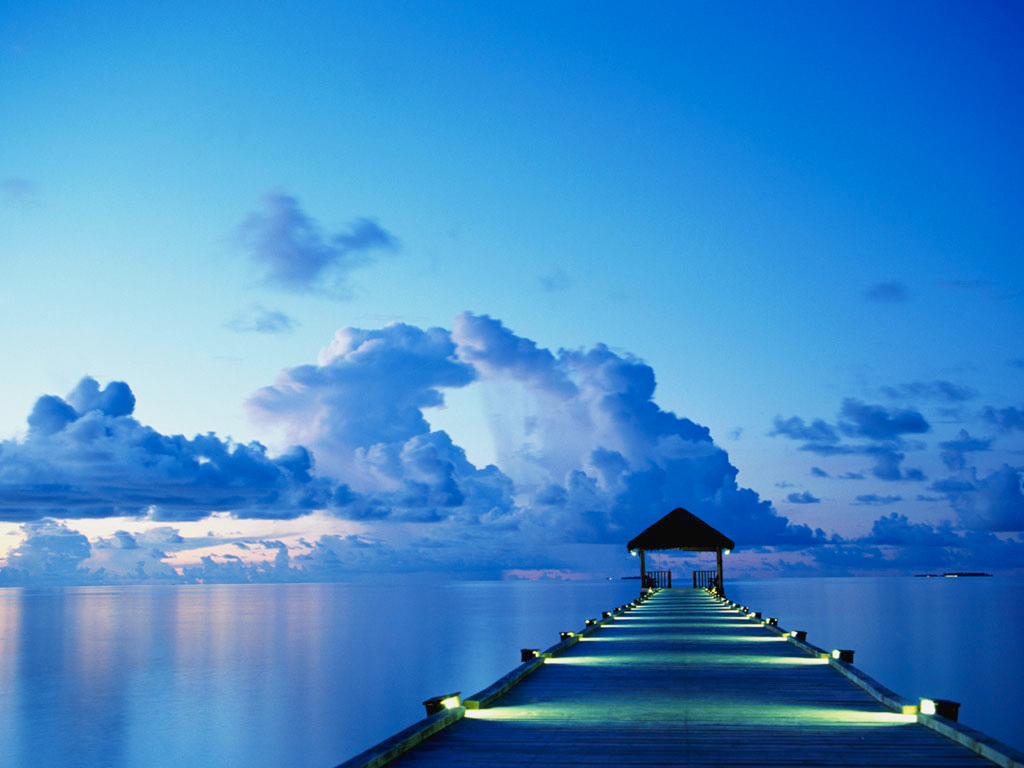I spent the five happiest years of my life in a morgue. As a forensic scientist in the Cleveland coroner’s office I analyzed gunshot residue on hands and clothing, hairs, fibers, paint, glass, DNA, blood and many other forms of trace evidence, as well as crime scenes. Now I'm a certified latent print examiner and CSI for a police department in Florida. I also write a series of forensic suspense novels, turning the day job into fiction. My books have been translated into six languages.
Go to college and major in forensic science or one of the natural sciences. Best of luck!
Contamination may make it impossible to get a DNA profile, or the profile might show a mixture. It will not cause a profile to look like someone else's DNA. Or it may have no effect at all. It depends what is contaminated with what.
titles and job requirements aren't uniform, so the only way to know is to call the crime labs in your area or whereever you might be interested in working and ask them. You can also go on the websites for professional organizations such as the American Academy of Forensic Sciences and check out their job vacancy postings and see what the various positions require. Good luck.
No.
Day Care Provider
 Do the kids ever reveal embarrassing things about their parents?
Do the kids ever reveal embarrassing things about their parents?
Hotel Travel Blog Active 2019
 What do you do if a guest is doing something illegal in a room?
What do you do if a guest is doing something illegal in a room?
Hotel Employee
 What was the craziest request you ever got from a guest?
What was the craziest request you ever got from a guest?
If you want to be a pathologist you will have to be a doctor, and will need to go to med school. So you are looking for a pre-med program. Best of luck!
Sure, email me at lisa-black@live.com.
My guess would be 0.Mostly it’s just kids wanting me to answer their homework questions.
-OR-
 Login with Facebook
Login with Facebook (max 20 characters - letters, numbers, and underscores only. Note that your username is private, and you have the option to choose an alias when asking questions or hosting a Q&A.)
(A valid e-mail address is required. Your e-mail will not be shared with anyone.)
(min 5 characters)
By checking this box, you acknowledge that you have read and agree to Jobstr.com’s Terms and Privacy Policy.
-OR-
 Register with Facebook
Register with Facebook(Don't worry: you'll be able to choose an alias when asking questions or hosting a Q&A.)